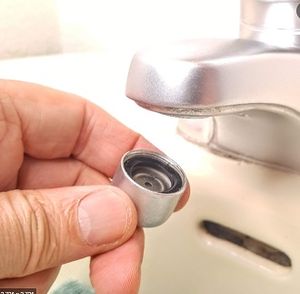Rainwater harvesting systems mainly constitutes of following components:
Catchments
Catchment is the surface that receives rainfall. In case of roof based RWH, the catchment is the roof of the building or a terrace. In case of land based, it could be a courtyard, paved land or unpaved land. So the water being harvested comes from the catchment.
Transportation
Rainwater from the catchment need to be transported into the storage tank/storage pit or other modes of recharging through pipes or gutters.
First flush
The first rainfall shouldn’t be directed to the storage tank. This could contain pollutants and impurities from the catchment area. Silt could be deposited on inaccessible roofs on the dry season as well. A device is thus needed to ensure that the first rainfall can be flushed out.
Filter
Filters are used for making sure the quality of water is appropriate for the intended use. Filters remove impurities, microorganisms and turbidity resulting in clear usable water. Various types of filters are used depending on the end-use.
Tanks and the recharge structures
Once harvested rainwater is filtered, it can be stored for immediate use or for replenishing groundwater.


